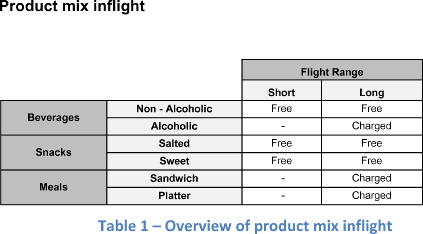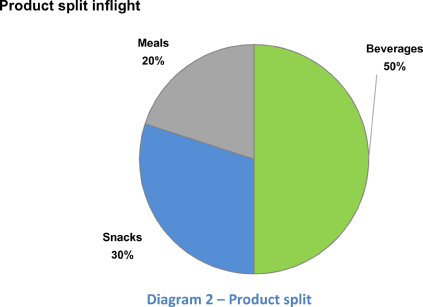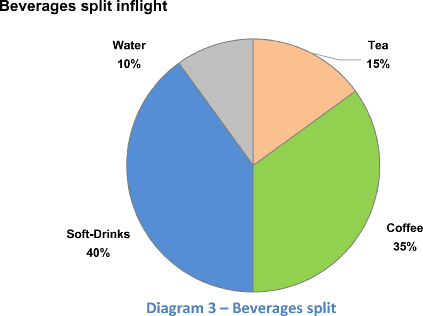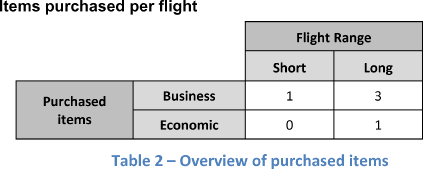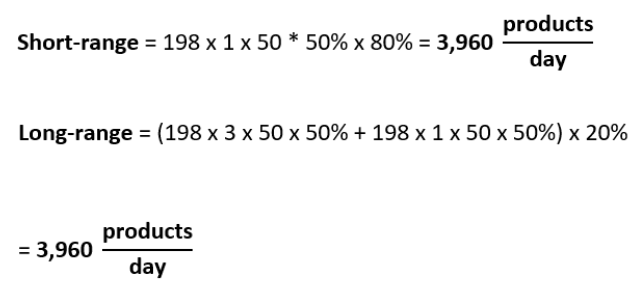American Airlinks
18.9k
Times solved
Intermediate
Difficulty
Your client American Airlinks has seen its inflight revenues stagnate for the past 3 years.
The CEO offers the possibility of doing a partnership with Balzac Coffee and of selling Balzac Coffee in the future, instead of handing out the current non-brand coffee for free.
Advise the CEO if AA should either do this partnership or put a price on the current, non-brand coffee that is currently given out for free.
Case Comments
Further Questions
Which main risks should the CEO consider before doing a joint venture with Balzac Coffee?
Note for Interviewer
More questions to be added by you, interviewer!
At the end of the case, you will have the opportunity to suggest challenging questions about this case (to be asked for instance if the interviewees solve the case very fast).
18.9k
Times solved
Intermediate
Difficulty
Do you have questions on this case? Ask our community!
